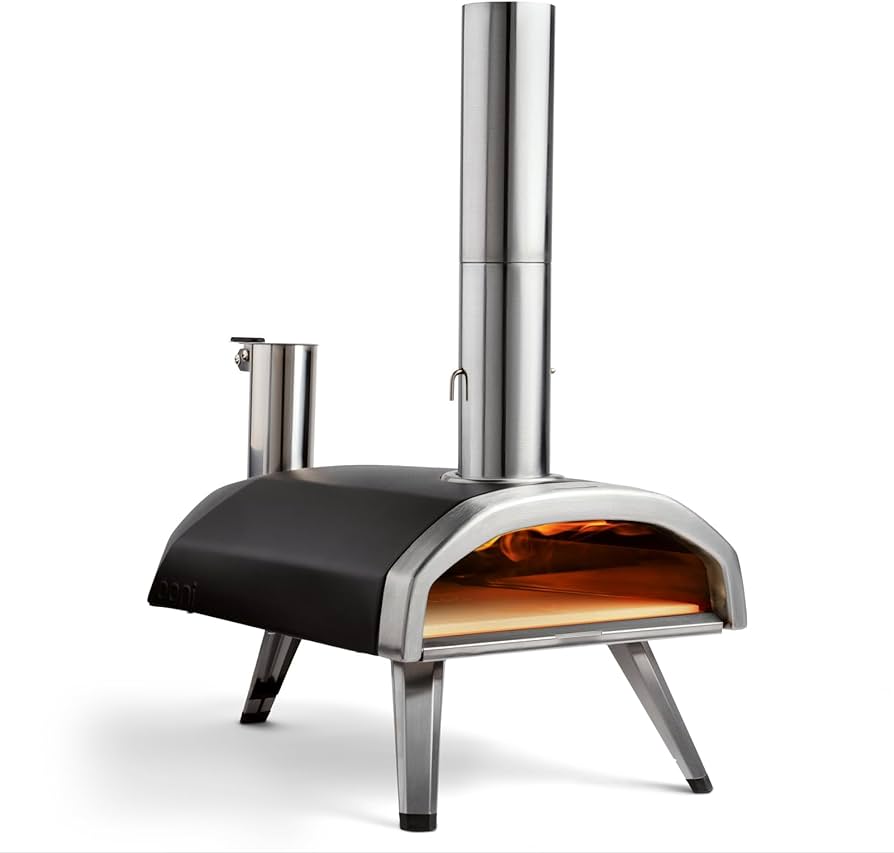Introduction:
When it comes to cooking pizza in a traditional oven, the type of fuel used can greatly impact the flavor, cooking process, and overall quality of the pizza. While wood-fired ovens are commonly used for making authentic pizzas, some pizza enthusiasts consider using coal as an alternative fuel source. In this article, we will explore the use of coal in pizza ovens, discussing its advantages, considerations, and potential drawbacks. By understanding the characteristics of coal and its impact on pizza cooking, you can make an informed decision on whether coal is suitable for your pizza oven.
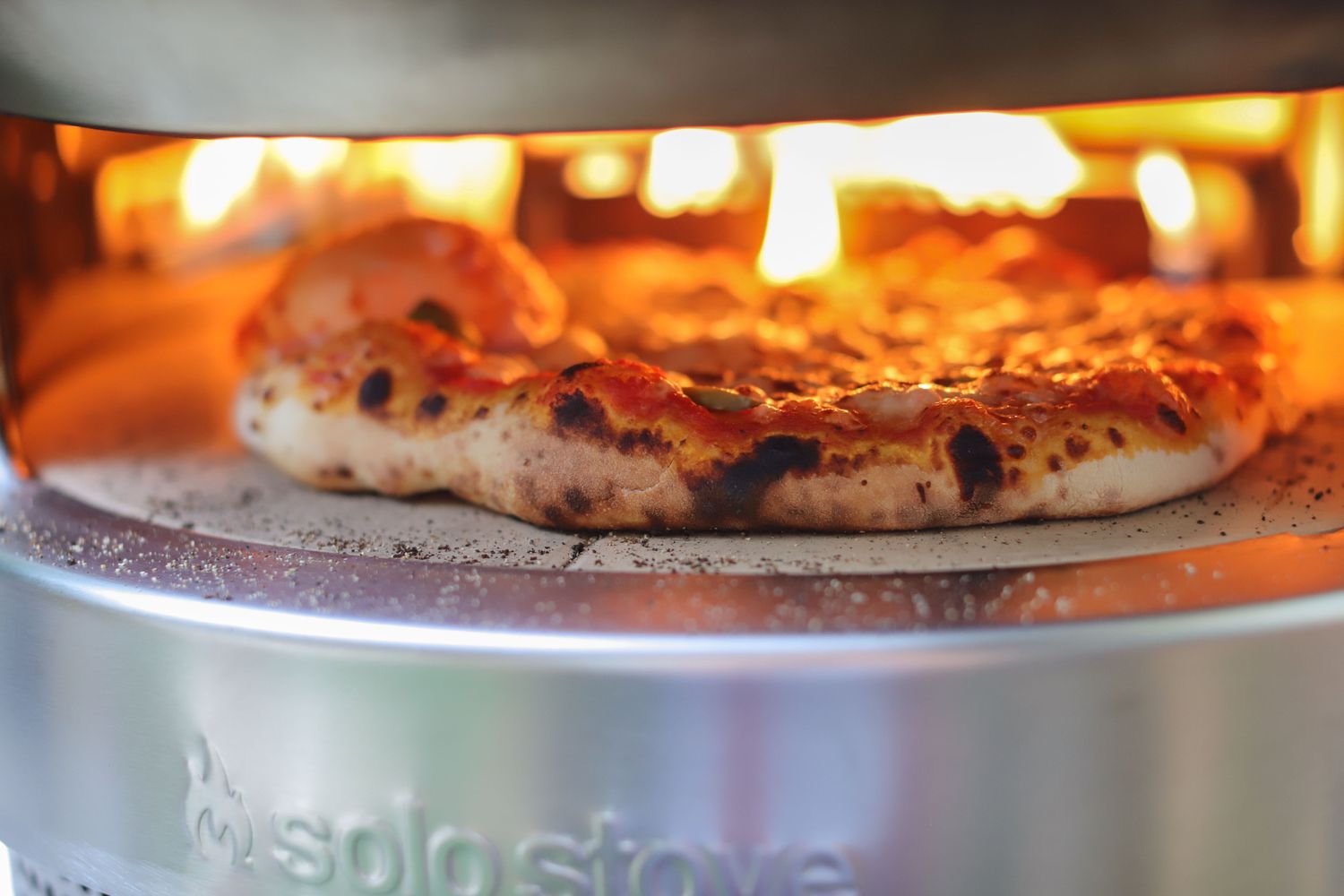
Is coal good for pizza oven?
The Appeal of Coal in Pizza Ovens:
a. Intense Heat: Coal burns at extremely high temperatures, typically ranging from 900°F to 1,000°F (482°C to 538°C) or even higher. This intense heat allows for fast and efficient cooking, resulting in pizzas with a perfectly charred crust and well-cooked toppings.
b. Unique Flavor Profile: The combustion of coal produces aromatic gases and compounds that infuse the pizza with a distinct smoky flavor. This flavor is often described as deeper and richer compared to wood-fired pizzas.
c. Consistent Heat Retention: Coal, once ignited, can maintain a steady and consistent heat output for an extended period. This characteristic ensures that the oven remains at the desired temperature throughout the pizza-making process, allowing for consistent and even cooking.
Factors to Consider:
a. Availability and Accessibility: The availability and accessibility of coal can vary depending on your location. Ensure that a reliable source of high-quality coal is readily accessible before considering its use in your pizza oven.
b. Environmental Impact: Coal is a non-renewable energy source and is associated with environmental concerns due to carbon emissions and air pollutants. Consider the environmental impact of using coal in your oven and explore alternative fuel options that are more environmentally friendly.
c. Safety Precautions: When using coal, it is essential to prioritize safety precautions due to the high temperatures involved. Ensure proper ventilation, use appropriate fireproof materials, and follow safety guidelines to prevent accidents and ensure a safe cooking environment.
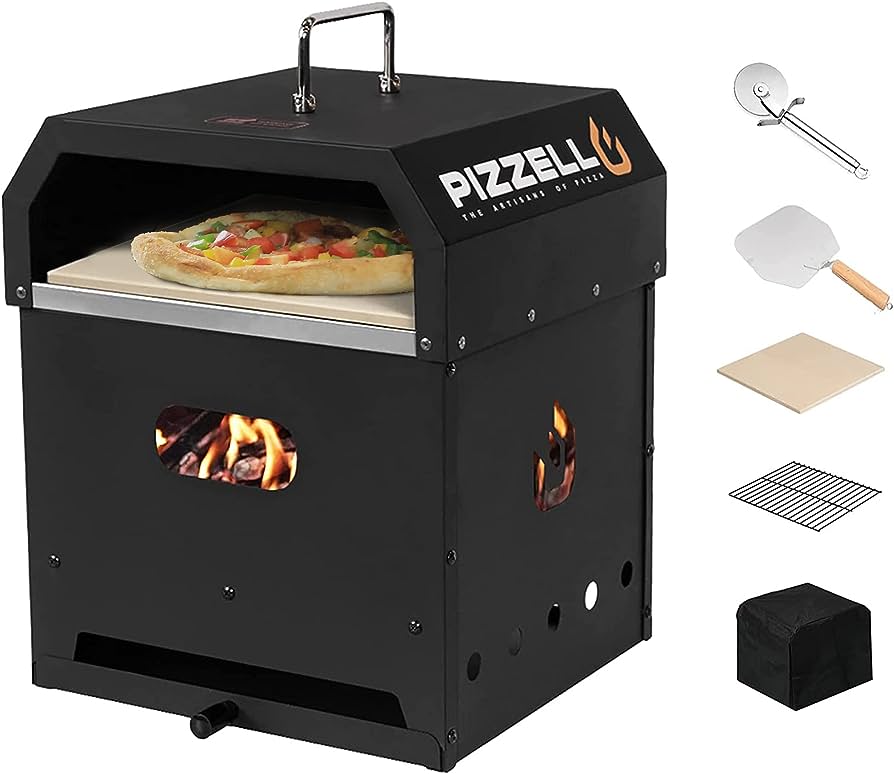
Advantages of Coal in Pizza Ovens:
a. Rapid Heat Generation: Coal ignites quickly, allowing for rapid heat generation. This means that the pizza oven can reach optimum cooking temperature faster compared to other fuel sources, reducing preheating time.
b. High Heat Output: Coal provides intense and sustained heat, leading to shorter cooking times. Pizzas cooked in a coal-fired oven can cook in as little as 60-90 seconds, resulting in a crisp crust and well-cooked toppings.
c. Consistent Heat Distribution: Coal evenly distributes heat throughout the oven, ensuring that pizzas cook uniformly. This promotes a consistent cooking experience, with each pizza receiving the same level of heat and cooking time.
d. Enhanced Flavor: The unique smoke and flavor profile associated with coal-fired ovens add depth and complexity to the pizza. The smoky aroma and taste are often revered by pizza enthusiasts who seek a more robust flavor experience.
Challenges and Drawbacks:
a. Environmental Concerns: Coal is a fossil fuel and its combustion releases carbon dioxide and other pollutants into the atmosphere. This contributes to air pollution and is a significant environmental consideration when using coal as a fuel source.
b. Handling and Storage: Coal requires proper handling and storage to ensure its quality and usability. Adequate storage facilities and safe handling practices are necessary to prevent accidents and maintain the coal’s effectiveness as a fuel source.
c. Maintenance and Cleaning: Coal-fired ovens may require more maintenance and cleaning compared to other types of pizza ovens. Coal produces ash and residue during combustion, which needs to be regularly removed to maintain optimal oven performance.
d. Intense Heat Management: The high temperatures generated by coal-fired ovens require careful heat management. Monitoring the oven temperature and managing the fire to avoid overheating and potential damage to the oven structure are crucial considerations.
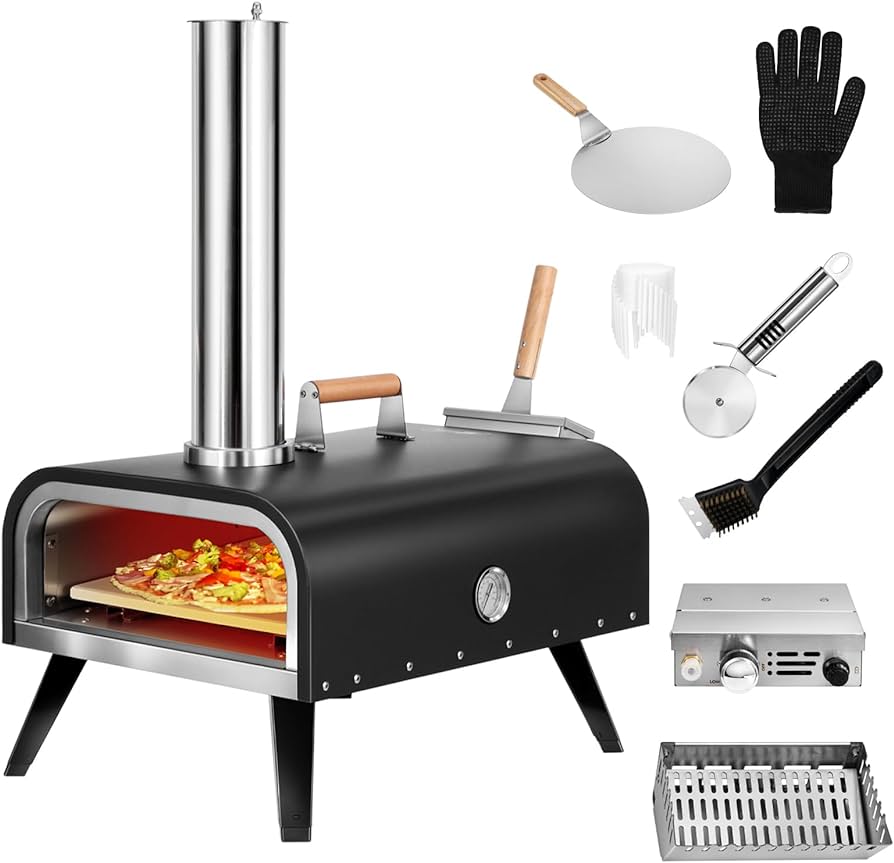
Alternatives to Coal:
a. Wood: Wood-fired ovens are the traditional choice for making authentic pizzas. Wood offers similar benefits to coal in terms of flavor and heat, while being more readily available and environmentally friendly. Wood-fired ovens are also easier to maintain and clean compared to coal-fired ovens.
b. Gas: Gas-fired ovens are another popular choice for pizza-making. They provide consistent heat and precise temperature control, making them suitable for commercial settings. Gas ovens are cleaner and easier to operate compared to coal-fired ovens, without the environmental concerns associated with coal.
c. Pellets: Wood pellets are a renewable fuel option that can be used in pellet-fired ovens. They offer the convenience and efficiency of gas ovens while providing a similar flavor profile to traditional wood-fired ovens.
Safety Considerations:
a. Proper Ventilation: When using coal in a pizza oven, ensure that the area is well-ventilated to prevent the buildup of harmful gases. Adequate ventilation helps maintain air quality and minimizes the risk of carbon monoxide poisoning. Consider installing a ventilation system or using the oven in an outdoor or well-ventilated space.
b. Fire Safety Measures: Coal-fired ovens require diligent fire safety measures. Keep fire extinguishers nearby and familiarize yourself with fire safety protocols. Regularly inspect the oven and surrounding area for any potential fire hazards, such as flammable materials or debris.
c. Carbon Monoxide Monitoring: Due to the combustion of coal, there is a potential risk of carbon monoxide (CO) production. Install carbon monoxide detectors near the oven to monitor levels and ensure early detection in case of any CO build-up.
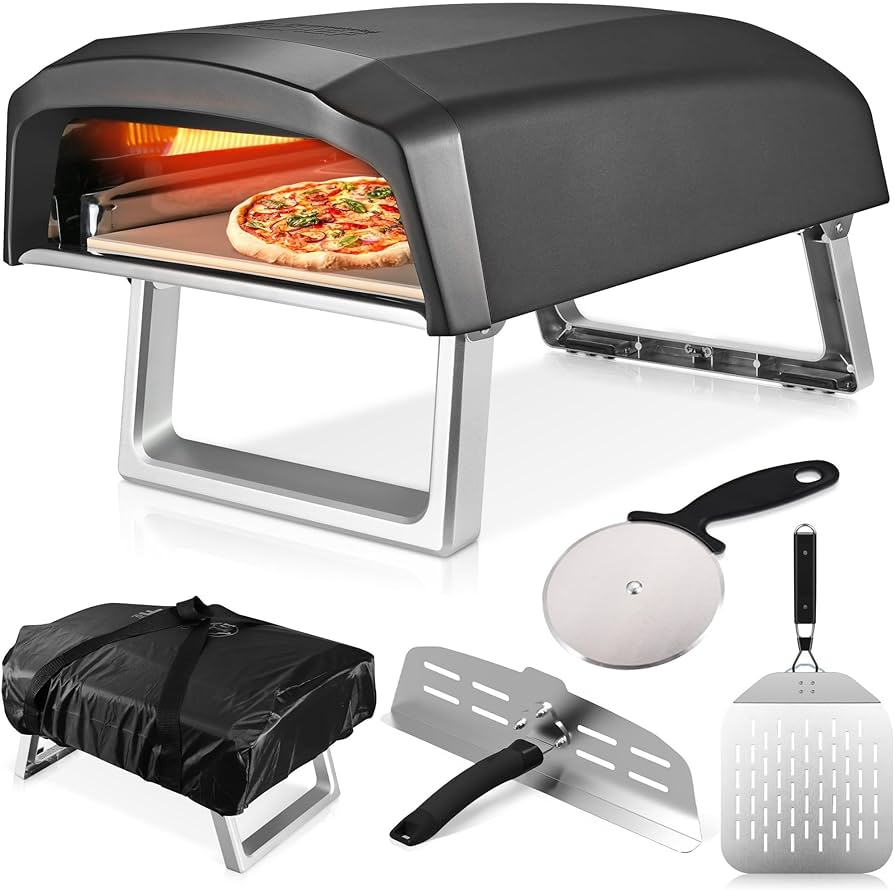
Personal Preference and Culinary Goals:
a. Desired Flavor Profile: Consider your personal preference for flavors and the specific taste profile you wish to achieve in your pizzas. If you enjoy the distinctive smoky flavor imparted by coal-fired ovens, it may be worth exploring the use of coal despite its drawbacks.
b. Culinary Aspirations: If you are a professional chef or passionate pizza enthusiast seeking to recreate the flavors and experience of traditional, artisanal pizzas, coal-fired ovens may align with your culinary aspirations. The unique taste and authenticity offered by coal can be a valuable addition to your cooking repertoire.
Local Regulations and Restrictions:
a. Check Local Regulations: Before deciding to use a coal-fired oven, it is important to check local regulations and restrictions related to the use of coal as a fuel source. Some areas may have specific regulations in place due to environmental concerns or safety considerations.
b. Permits and Compliance: If coal usage is allowed in your area, ensure that you obtain any necessary permits or comply with local regulations. This will help ensure that you are operating within the legal framework and minimize any potential issues or conflicts.
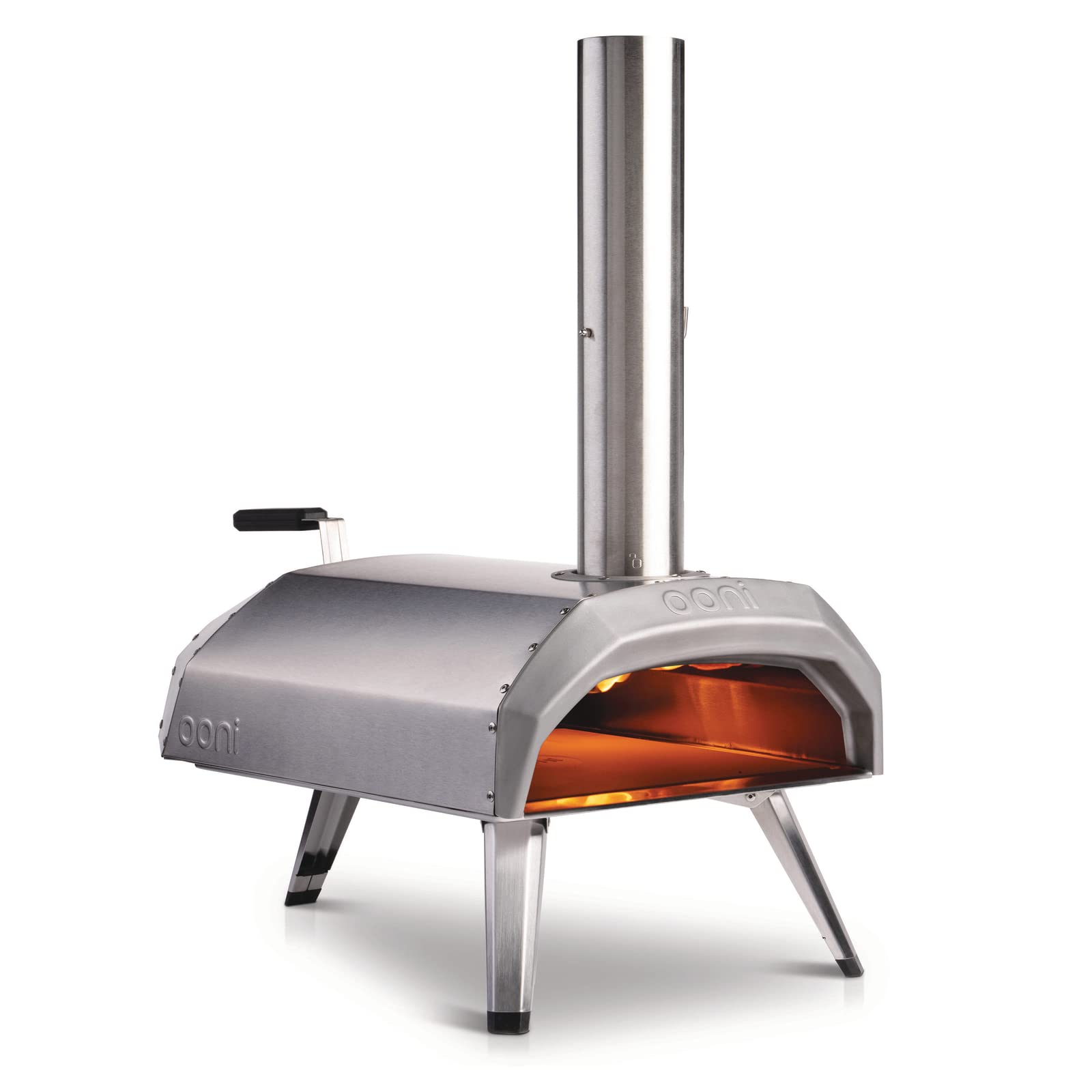
Conclusion:
Using coal as a fuel source in pizza ovens can offer unique advantages such as intense heat, rapid cooking times, and distinctive flavors. However, it is essential to consider factors such as availability, environmental impact, safety precautions, and maintenance requirements when opting for coal. Alternatives like wood-fired or gas-fired ovens provide similar benefits with fewer drawbacks and greater accessibility. Ultimately, the choice of fuel for your pizza oven should align with your cooking preferences, environmental considerations, and availability of resources. By weighing the advantages and challenges, you can make an informed decision on the most suitable fuel source for your pizza oven and create delicious, flavorful pizzas that cater to your unique culinary preferences.

